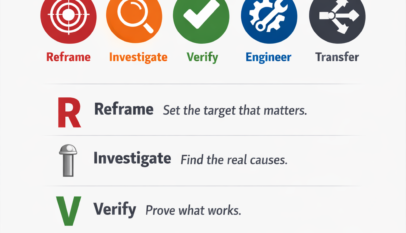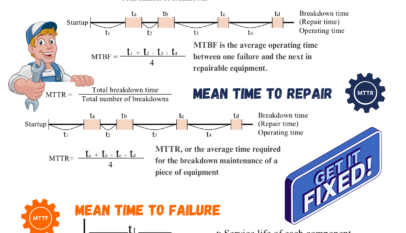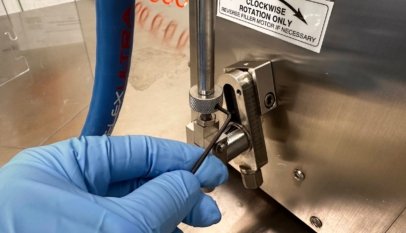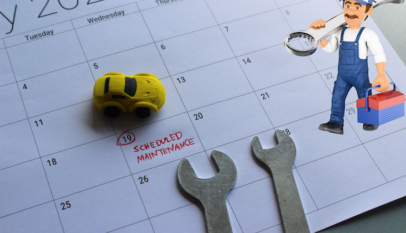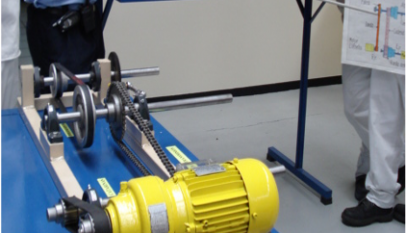Effective maintenance planning and scheduling are essential for any organization’s success and can lead to significant improvements in wrench time. Let’s explore the steps and best practices for enhancing your maintenance processes, ensuring smooth operations and maximizing productivity.
Step 1: Identify and Eliminate External Distracters
Start by identifying and addressing common external distracters that can hinder maintenance efficiency. These include poor spare parts management, unclear planning processes, and lack of team coordination. Assign a dedicated planner, preferably your best maintenance technician, and ensure they receive formal training.
Step 2: Educate the Team
Education is crucial for effective maintenance planning and scheduling. Train all relevant personnel, including plant and operations leadership, frontline production leaders, maintenance and reliability leaders, planners, and operators. This ensures everyone understands their roles and responsibilities, fostering a culture of collaboration.
Step 3: Establish Guiding Principles
Develop guiding principles for planning and scheduling to ensure consistency and efficiency. Planners should focus on future work, maintaining at least two weeks of planned and approved backlog. Supervisors and crew should handle the current day’s work while scheduling should only occur once parts are kitted and ready.
Step 4: Define the Planning and Scheduling Processes
Clearly define your planning and scheduling processes. Ensure your maintenance planner and the best technician or supervisor are well-trained. This clarity will help streamline operations and reduce misunderstandings.
Step 5: Clarify Roles and Responsibilities
Clearly defined roles and responsibilities are vital for successful maintenance planning and scheduling. Ensure everyone knows their tasks and who is responsible for each step in the process, from planning to execution.
Step 6: Prioritize Work Based on Criticality and Defect Severity
Prioritize maintenance tasks based on the assets’ criticality and defects’ severity. This approach ensures that the most important and urgent tasks are addressed promptly, reducing the risk of significant breakdowns.
Step 7: Develop Repeatable Procedures
Creating repeatable procedures for all maintenance work ensures consistency and reduces variability. These procedures help capture knowledge from past issues, train new employees effectively, and minimize human error.
Step 8: Implement a Maintenance Planning and Scheduling Dashboard
A well-designed dashboard provides visibility into the maintenance planning and scheduling process. Assemble a cross-functional team to determine the steps and metrics for your dashboard. Regularly review these metrics to identify areas for improvement and ensure goals are met.
Implementing these steps will significantly enhance your maintenance planning and scheduling processes, improving productivity and reducing downtime. By fostering a culture of continuous improvement and collaboration, your organization can achieve maintenance excellence.

